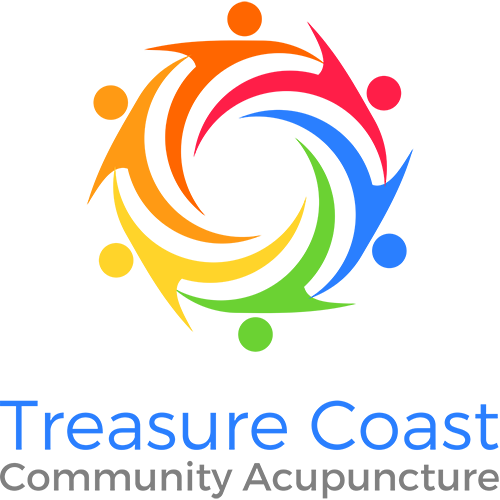As hospitals elbow each other to attract patients, increasingly they’re hoping to tap into Americans’ interest in — and willingness to spend money on — complementary and alternative medical therapies such as acupuncture and massage.
According to a recent survey by the American Hospital Association and the Samueli Institute, a nonprofit research group focusing on complementary medicine, 42 percent of the 714 hospitals that responded offered at least one such therapy in 2010, a significant jump from just five years earlier, when 27 percent of hospitals offered such treatments.
Experts say hospitals are embracing these therapies for many reasons, including a growing recognition that some integrative therapies, as they’re also called, are very effective in some instances.
In addition, hospitals aren’t blind to the opportunity these therapies present to attract patients and perhaps make some money. According to the most recent report from the National Center for Health Statistics, Americans spent $33.9 billion on integrative therapies in 2007 — money that came out of their own pockets, since most of these therapies aren’t covered by insurance. That figure includes fees for about 354 million visits to complementary and alternative medical practitioners, and represents about 11 percent of total out-of-pocket expenditures on health care.
What patients want
Hospitals offer most of their integrative therapies on an outpatient basis, usually at designated centers located at or near the hospitals. The treatments are typically aimed at relieving symptoms of serious or chronic illness: A physician might prescribe that a patient get acupuncture for relief from nausea while undergoing chemotherapy, for example, or recommend massage or meditation to help reduce anxiety and stress.
Although research supporting the efficacy of various complementary therapies is increasing, if hospitals confined themselves to those procedures supported by evidence there wouldn’t be much to offer, says Ian Coulter, a senior health policy analyst at the Rand Corp. (The same could be said of many conventional medical treatments, of course.) So hospitals pick and choose, based on what they judge to be most effective and what they believe patients want.
“Patient demand not only determines why hospitals choose to in the first place, but it also determines the modalities [types of treatments] they choose to offer,” says survey designer Sita Ananth, director of knowledge services at the Samueli Institute.
According to the survey, the top treatments offered at outpatient centers were massage therapy, acupuncture and guided imagery. (The latter uses mental techniques, including visualization, to achieve such goals as reducing stress.)
On an inpatient basis, the top offerings are pet therapy, massage and music/art therapy, according to the survey.
Over the past decade, Grinnell Regional Medical Center, a rural community hospital in Grinnell, Iowa, has built a comprehensive integrative therapy program that offers the inpatient services described above as well as an array of treatments at its outpatient center six blocks away.
The Washington Post, by Michelle Andrews




